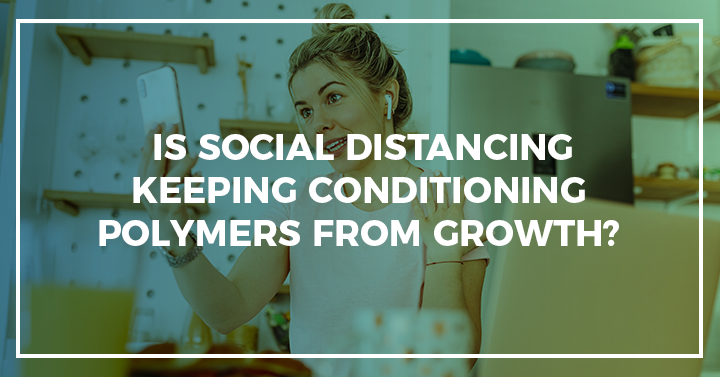As COVID-19 continues to have a negative impact on the personal care industry, conditioning polymers are expected to be among the least-resilient ingredients in the category.
Losses within the personal care industry are expected to vary from one product category to another. For example, demand for soaps, hand and body lotions, and hand sanitizers is expected to grow during the pandemic as the importance of hygiene increases. Similarly, demand for oral care products is not expected to be impacted, as people will continue to use them regularly. On the other hand, demand for hair styling products is expected to decline.
Conditioning polymers are mainly used in hair care and antiperspirant and deodorant products, the usage of which is expected to be hit harder than average. While antiperspirant and deodorant products are considered everyday basics, the segment will see slower levels of growth in 2020 as consumers worry less about body odor and perspiration while quarantining at home or social distancing.
Silicones are expected to be the more–affected ingredients among conditioning polymers, as they are the key conditioning polymers used in large quantities in antiperspirants and deodorants; other conditioning polymers are used in small quantities. Furthermore, D4 and D5 silicones are not allowed to be used at more than 0.1% concentration in personal care rinse-off products in Europe. This is also expected to adversely impact demand for key silicones such as cyclomethicone which, in turn, will unfavorably affect demand for conditioning polymers.
On a global level, growth for conditioning polymers was forecast to be more than 3% between 2019 and 2023. However, given the current situation, the likely case CAGR is 0.2%. This growth rate varies from one country market to another. To gain in-depth data and insights on this market, subscribe to our Personal Care Ingredients: Conditioning Polymers Market Analysis report.

